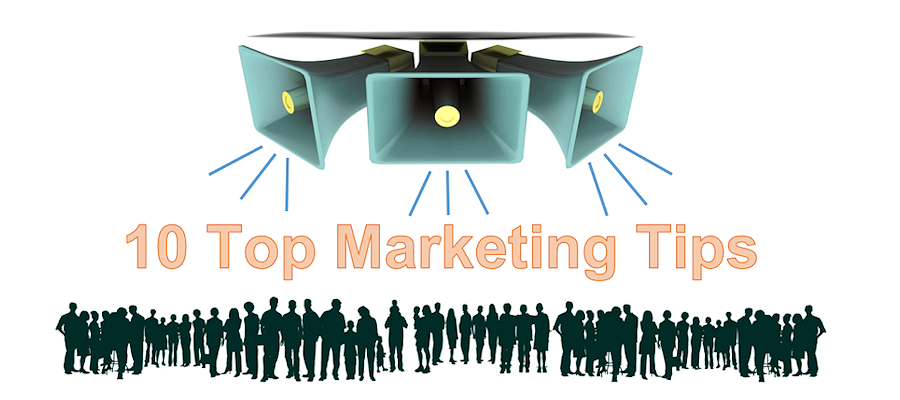These are the things I find I have to ask my clients the most before we can get their project off the starting blocks! Knowing the answers will put you several steps ahead of your competition:
ONE – Know who you want to reach
You may think you know who your target audience is – but how detailed is that ideal client profile? Every marketing message you send out will be ten times better if you are aiming it at a very specific audience. Take a look at this to get your ideal client profile polished up.
TWO – Be clear about the purpose
If you’re going to invest in a website or a new flyer ‘because everyone else has one’ is not a good enough reason to spend your marketing budget. What do you want the outcome to be from your investment? Be specific – so, for your website, not ‘lots of sales enquiries’, but ‘three genuine sales enquiries per week that convert to business’, not ‘bums on seats’ for a course or presentation you’re doing, but ’25 people who will really benefit from the event’. When it comes to distributing flyers this will help to ensure you place them in the right hands too.
THREE – Be seen as an expert
Create content that demonstrates your knowledge and expertise. Post it where people will see it – LinkedIn as an article, your blog, link to it on social media, get it into your ideal clients professional journals, use it to populate email campaigns that deliver value, lead your newsletter with it. You need to do this regularly and sustainably.
FOUR – Stay on message
When you’re been on the planet a good few years you’ve almost certainly developed a wide range of knowledge and it’s easy to want to use it to help people. However, it’s important that you are seen as the ‘go-to’ person for a particular skill or product type – not a jack-of-all-trades.
Of course, there are people who have a portfolio of skills – many people present themselves as a speaker, trainer, author, coach – but around a specialist area. If you’re offering business development services and aromatherapy you’ll end up with a big sign over your head that says ‘dabbler’ – unless you can find a way to integrate these two into a logical package.
FIVE – Be visible
I learned this lesson the hard way some years back – I stopped attending networking groups and, after about three months, there was a noticeable drop off in business. I network locally and nationally offline and locally, nationally and internationally online. That means I turn up for regular networking meetings and events and I also dedicate some time each week to posting material on the platforms that suit my market best.
As ALL my business comes from networking and referrals – I rest my case!
SIX – Package your offer for your ideal client
What you want to say and what your potential client wants to know are not usually the same things. Go and look at things through the eyes of your ideal client and present what they want. If you’re not sure, ask a client (or former client) who fits your perfect client profile what they would want to know, read about, be offered.
SEVEN – Build your list
Permission based marketing is very powerful – and it works for every industry and business type – not just high profile online marketers. With both national and international data protection it’s important that you do have permission to send emails to people – so ensure you set up a system that gathers people’s contact information, with permission.
This will also help you to identify those who are really interested in what you have to offer. They may not buy the first time of asking – and not all of them will become customers, but once they’re on your list you can keep them in the loop about what the latest offers and developments are.
EIGHT – Deliver value
If the only communication you get from a company is ‘sell, sell, sell’ you’re likely to start deleting their emails, unread and unsubscribing from their list. The same applies when you’re sending information out. What can you send that will be of real help to your database? The better you’ve done item ONE, the easier it will be to pin this down!
If you keep sending out information of value you’re building something called ‘reciprocity’ – and that means people will have a good feeling about you and your business and feel more inclined to choose you when they’re ready to buy.
NINE – Build relationships
People buy people, not organisations (unless they’re household names). Getting to know people whether it’s online via social networking, offline through local networking groups or professional bodies – it’s important to start from a position of wanting to help. You’re building your reputation and being known as a helpful expert is a good position to be in. Remember people are interested in people who are interested in THEM!
TEN – Plan!
When you have a plan for your marketing you’ll find it’s all much easier. You’ll be able to put time and budget aside for key elements and knowing what needs to be done ahead of time allows you to schedule things.
Planning ahead will save you wasted time and money. If you rush into things you don’t always make the best decisions and can spend more money that you need to on last minute things – like printing. Having your Christmas cards designed and printed in August will usually cost you much less than waiting until December!
*****
Good luck with putting these top tips into action!

